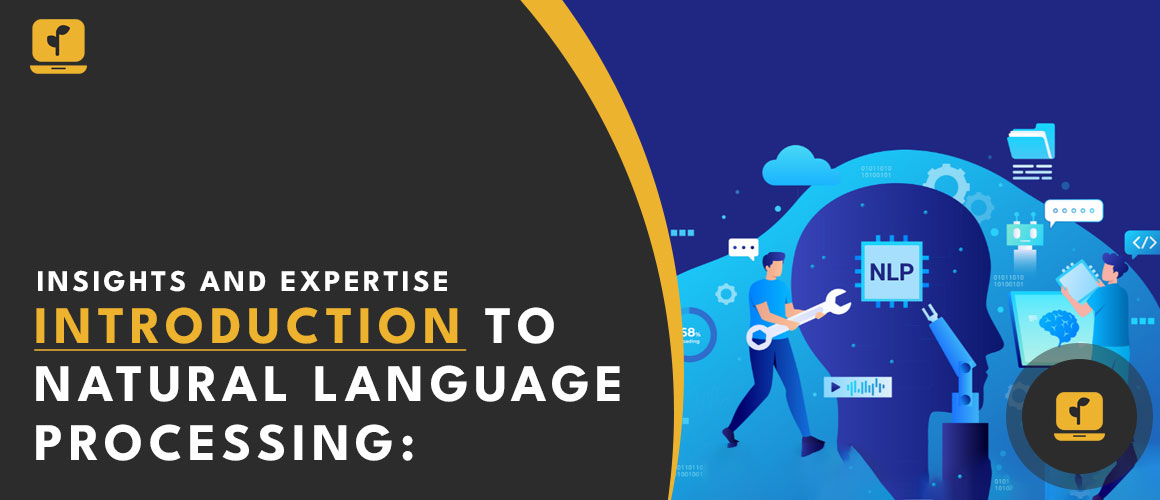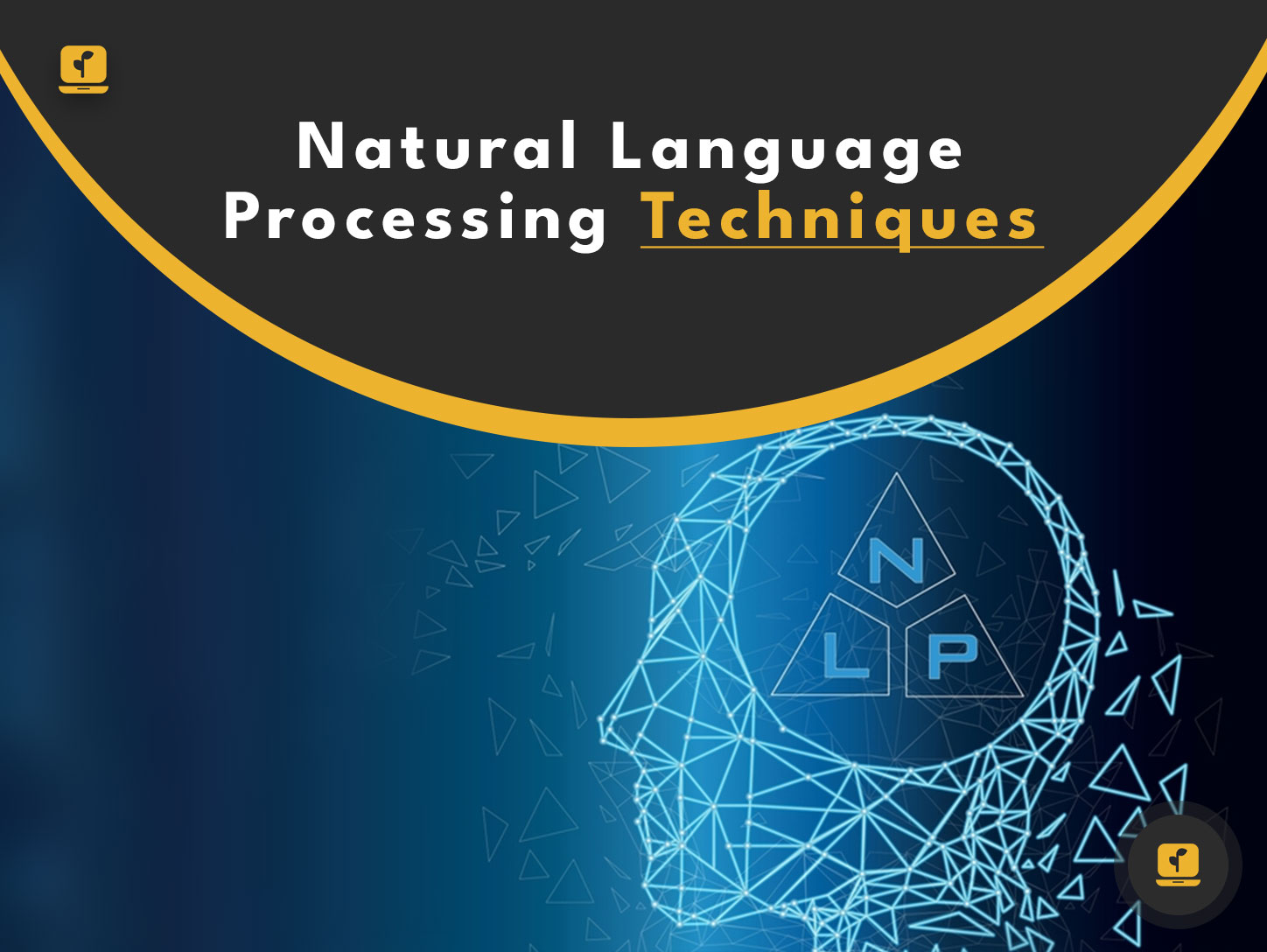Natural Language Processing (NLP) is a subfield of Artificial Intelligence (AI) that focuses on teaching machines to understand and interpret human language. It involves combining computer science, computational linguistics, and machine learning techniques to analyze and manipulate large amounts of natural language data.
Table of Contents
What is NLP?
NLP refers to the process of enabling machines to understand, interpret, and generate human language. It involves the use of computer algorithms and statistical models to extract meaning from natural language data. NLP is used in a variety of applications, including text classification, sentiment analysis, machine translation, and speech recognition.
NLP Models
NLP models are computer algorithms designed to analyze and interpret natural language data. They are built using machine learning techniques such as supervised and unsupervised learning. Some popular NLP models include Bag of Words (BoW), Word Embeddings, and Recurrent Neural Networks (RNNs).
Deep Learning in NLP
Deep Learning is a subset of machine learning that involves training artificial neural networks to perform complex tasks. Deep Learning has been highly successful in NLP applications such as sentiment analysis, machine translation, and speech recognition. Some popular deep learning architectures used in NLP include Convolutional Neural Networks (CNNs) and Transformer Models.
Natural Language Processing Techniques
There are several natural language processing techniques used to extract meaning from human language data. Some common techniques include Tokenization, Part of Speech (POS) Tagging, Named Entity Recognition (NER), and Sentiment Analysis.
Natural Language Processing with Deep Learning
Deep Learning has greatly improved the performance of NLP tasks such as sentiment analysis and machine translation. Natural Language Processing with Deep Learning involves training deep neural networks on large amounts of natural language data to perform these tasks. It involves pre-processing the data and then feeding it into the deep neural network architecture for training.
Conclusion
Natural Language Processing (NLP) is a field of artificial intelligence that enables machines to understand and interpret human language. It involves the use of machine learning and deep learning techniques to extract meaning from natural language data.
NLP has numerous applications in fields such as business, healthcare, and education, and its use is expected to continue to grow as machines become increasingly capable of understanding and interacting with human language.










